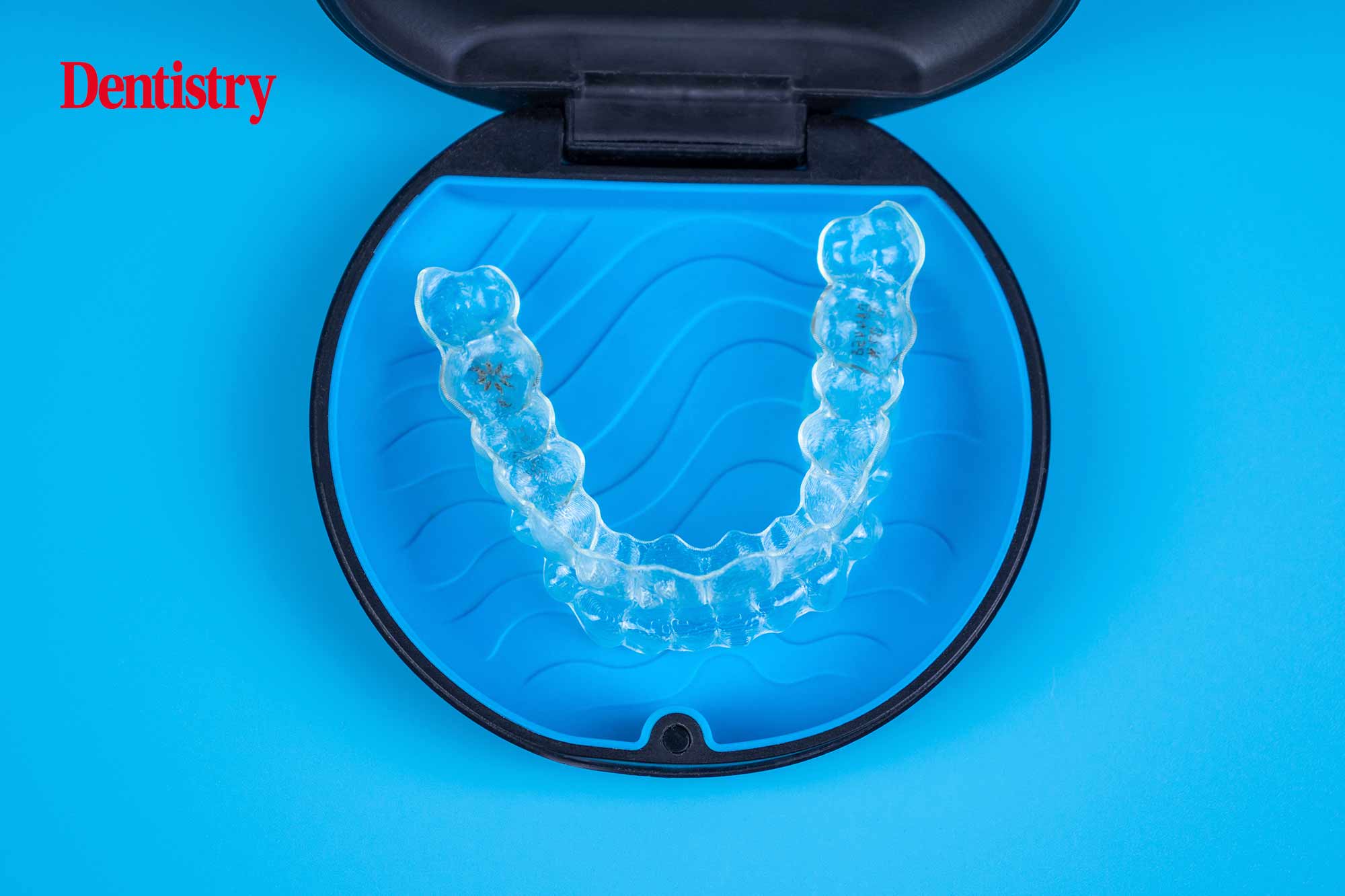 Consultant Laura Horton will lead a training course for practice teams on the dos and don’ts of communication.
Consultant Laura Horton will lead a training course for practice teams on the dos and don’ts of communication.
The four-part series takes delegates on a cumulative, skills-building exercise. The first session is aimed at understanding how to draw on the features, advantages and benefits when talking about treatments. As well as how to communicate the USPs (unique selling propositions) of the Invisalign system.
The second session looks at how to provide a prospective new patient with a memorable experience. While the third session will tackle addressing key barriers from potential patients.
The final part of the series is an opportunity for all the course participants to put their questions to Laura in an interactive session. At the end of the four parts of the course delegates should have the means to implement an effective communications blueprint for the whole team to follow.
Effective communication
Laura confirmed that there is more to communication than would first appear.
‘From my experience, working with practice owners they draw on tips and tricks from innumerable sources to learn how to make their dental communications more effective,’ she said.
‘However, I truly believe that there is value in involving people from the outside to provide a different perspective of the practice. I am privileged to help practice teams develop effective communication skills. And learn how to apply these to their day-to-day interactions with patients. Practice owners value my input because I have been there myself.
‘I have 20 years’ experience working in dentistry, starting at the grass roots of dental nursing then moving into treatment coordination and management. I have been supporting practices for nearly 13 years. Like many in my position, the dentist’s script is something I knew by heart. However, that is exactly what I have subsequently learnt to undo.
‘You cannot fault the passion of all our dentists across the UK. They are so enamoured with the aspects of the treatment, they can’t help focusing on clinical details. However, patients will switch off if they are given details about IPR, attachments and Clincheck plans.’
Unpick bad habits
‘That is not what they had in mind when they picked up that phone to admit that their smile is far from what they are dreaming of, they want to hear about the outcome – not the mechanics of getting there – and this is exactly what I will be teaching the Invisalign course delegates.
‘I loved my job as a treatment coordinator but copying my dentist’s script was simply the wrong move for me. I had to stop talking like a dentist and unpick these bad habits of using words that ultimately disconnected patients. And also pitch new ones so that we developed real patient engagement, which was relatable and meaningful to them.
‘When a new patient makes a phone call to the practice and enquires about the cost of an Invisalign treatment, what they are really saying here is that they don’t like their smile.
‘It is so important that these people feel validated and understood. A practice environment is always hectic. Team members may not be trained to handle patients’ calls in that manner.
‘Many may have received training on products with the clinical jargon taken from the dentist. But if that is the case, the delivery ends up meaningless to the patient and a waste of money spent in marketing/training – let alone waste of treatment opportunity for the practice.
‘It is not about reinventing the wheel. Staff usually have what it takes. It is just about fine tuning their verbal skills and ensuring that patients are not faced with someone who sounds scripted or robotic.
‘Patients may forgive that first frontline faux pas. But they will walk away if the second experience fails to address their needs from someone who to all intents and purposes is speaking a foreign language.’
Recognise their needs
‘So I realised communication had to change when talking to patients. I’m going to help Invisalign course delegates to refine their communication skills to be more confident and positive, learn how to strike a proper dialogue with patients, recognise their needs and convert enquiries into treatments.
‘The third session covers “objection handling”. It’s designed to help the team tackle questions, complaints and problems raised by patients, which they have not been trained to handle effectively. However daunting it might appear, deflecting objections is all in the art of communication.
‘The final session is exciting for me. It will be interactive and give everyone the chance to ask questions that are related to their own experiences, challenges they may have faced, and queries they may still have. There is so much we can learn from one another’s issues. I know that this will be an invaluable session.
‘During the first lockdown, I had the privilege to help many practices set up their virtual consultation protocols, and this provided new opportunities to develop ways of communicating with patients.
‘The Invisalign brand is fantastic. There are so many unique selling points to the system. My task is highlighting all the benefits and how to communicate these effectively. At the end of the day, it is the world’s leading clear aligner system. It has created more than nine and half million beautiful smiles worldwide, it should be easy to relay!’
Dates
The dates for the Invisalign Communications Series are:
- Friday 28 May – FABs and USPs
- Tuesday 15 June – making the first call an experience
- Thursday 8 July – objection handling
- Thursday 22 July – ask Laura.
For more information, Invisalign providers are advised to speak to the Invisalign provider in their practice or their Invisalign territory manager in the first instance.


